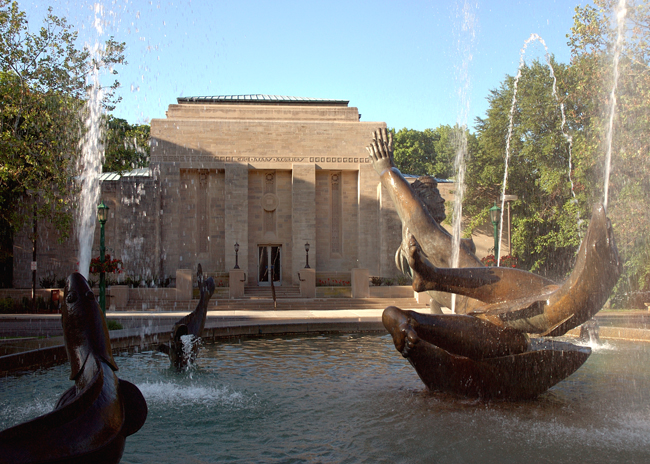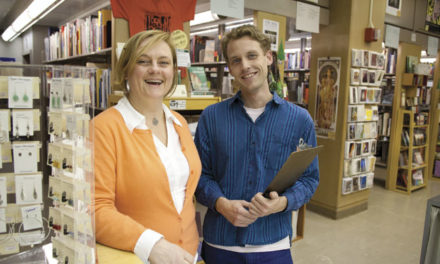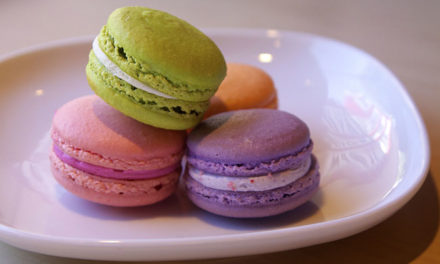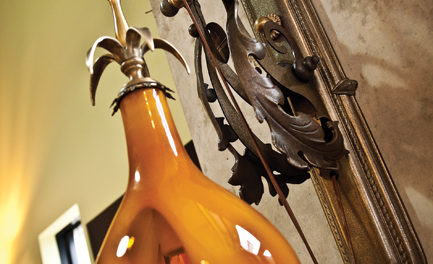BY RON EID
Rarely does the term “research library”conjure images of material treasures, but IU’s Lilly Library
on East 7th Street, facing Showalter Fountain, allows you to see, and in most cases hold and leaf through, actual treasures in its rare-book collection.
Among the 400,000 books are the New Testament of the Gutenberg Bible (printed in 1455), The First Folio of Shakespeare (1623), and “illuminated” Books of Hours—medieval manuscripts illustrated, in some cases, with applied gold and silver.
“We very much believe in the books as physical objects as well as intellectual content,” says Rebecca Cape, head of Reference and Public Services for the Library.
Not all of their treasures are books. There are also 130,000 pieces of sheet music, about 7 million manuscripts (a loose term that includes handwritten papers as well as printed documents and photos), tens of thousands of comic books, and a newly acquired collection of 30,000 mechanical puzzles.
The Library has one-of-a-kind items, such as printed documents that George Washington presented to Thomas Jefferson—including the Bill of Rights (1789)—and Jack Kerouac’s original “scroll” manuscript of On the Road. There are Babylonian cuneiform tablets (circa 2500 B.C.), libraries of miniature books, and a couple of Oscar statuettes. There are also distinct collections, such as the personal papers of Orson Welles, Upton Sinclair, and Hoosier Kurt Vonnegut, Jr. The list is seemingly endless.
If the Lilly Library sounds more like a museum than a research facility, Cape is quick to correct: “We are a research library that has a museum function,” she says. The Reading Room, where people conduct research, receives 5,000 visitors a year. But, Cape says, “Unlike at many libraries with rare-book collections, anyone can come in and ask to see anything. Very, very few items are restricted.”
While some of their treasures are valued in the millions of dollars, Cape says it is impossible to say how much the collection is worth.
“Many of these things could never be replaced, for any amount of money,” she says. “If they’re gone, they’re gone.”
Several rooms on the main floor of the Library serve as galleries that are open to the public. The Lincoln Room, for example, has a substantial collection of “Lincolniana,” as well as exhibit cases displaying “highlights” of the collection.
“We offer free tours on Fridays at 2 pm for the public areas,” Cape says. “Or, if you e-mail or call us for a tour, as long as we have staff here we will accommodate you.”
For a description of exhibits or specific items of interest, Cape recommends browsing the Library’s website. Call 855-2452 or e-mail the Library before you visit so they can have the items ready for you.
















